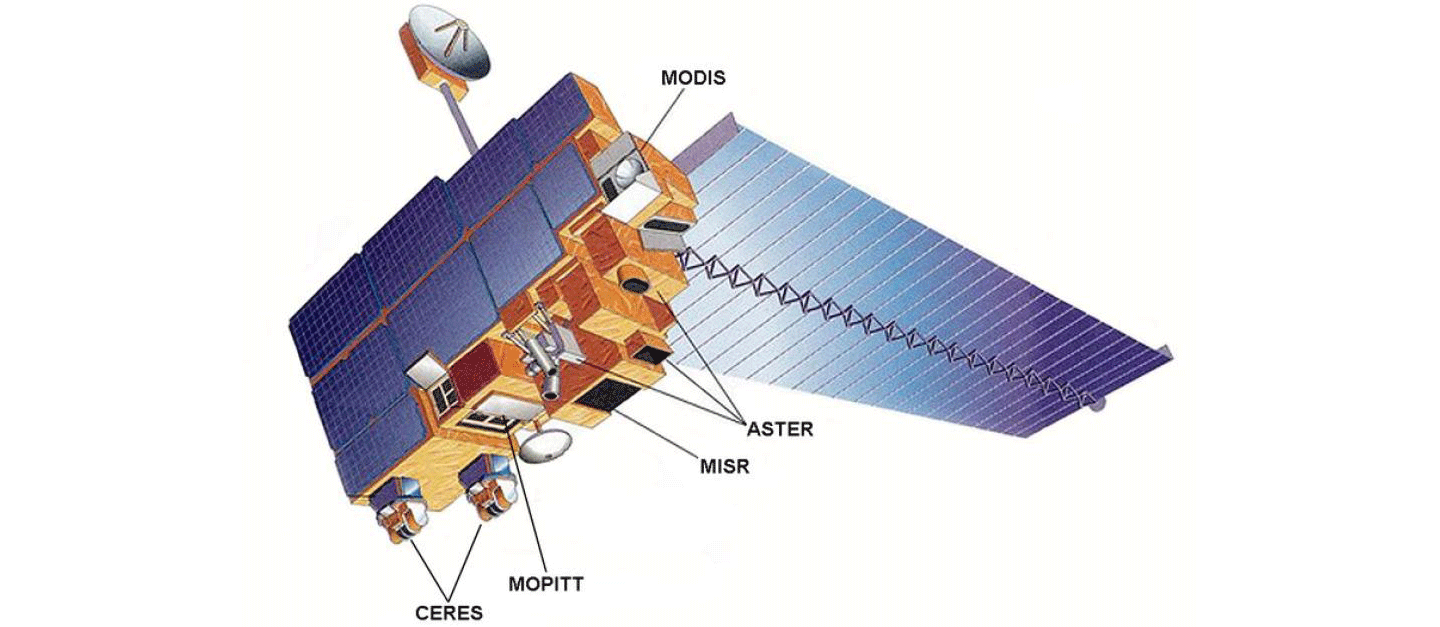One of the key elements of Earth’s climate system is the cryosphere – the many forms of ice found on Earth. Two new NASA missions use different technologies to help scientists better understand how frozen water is affecting our planet. Both will continue satellite data records that have greatly improved our understanding of Earth’s frozen regions.
Meet GRACE Follow-On (GRACE-FO), and ICESat-2.
The GRACE-FO mission, which launched on May 22, 2018 aboard a SpaceX Falcon 9 rocket, is a partnership with the German Research Centre for Geosciences. Like the preceding GRACE mission, which operated from 2002-2017, the pair of GRACE-FO satellites measure minute variations in Earth’s gravitational field to determine how mass is moving around our planet over time.
Dr. Frank Webb, GRACE-FO project scientist at NASA’s Jet Propulsion Laboratory (JPL) explains, “GRACE-FO’s measurements show the migration of mass from one place on Earth to another - which regions of Earth are gaining mass and which are losing. It is sensitive enough to see small changes in the distribution of ice and water, which allows us to understand the trends and drivers of the water cycle, including the contributions of the ice sheets to sea level rise.”
As ice sheets melt, they lose mass, which slightly alters Earth’s gravity, changing the forces controlling the orbits of the satellites. The two GRACE-FO satellites orbit ~135 miles (220 km) from one another, with one satellite leading the other. If the lead satellite encounters a change in gravity, its speed changes as does its relative distance to the trailing satellite.
Microwaves and lasers are used to measure the tiny changes in distance between the two satellites in a constant game of cat and mouse. By taking measurements of multiple passes over the same location, scientists can create maps of that location’s gravitational field. Over Earth’s frozen regions, this information shows where ice sheets and glaciers are gaining or losing mass.
While GRACE-FO gives a global view of changes in the distribution of mass on Earth, ICESat-2 will provide complementary measurements of ice sheet height.
ICESat-2, which is scheduled to launch in the fall of 2018, is a single satellite operated out of NASA’s Goddard Space Flight Center that uses its laser to shoot beams of light to Earth. Scientists can determine a location’s elevation by measuring the travel time of these laser pulses.
The original ICESat mission, which operated from 2003-2010, used a single laser beam. ICESat-2 uses 6 beams to improve accuracy and resolution. Using 6 beams gives scientists multiple points of data within the laser’s footprint, allowing them to measure the slope of an area and then separate static slope data from the area’s changes in elevation over time.
Why is this elevation information important? Dr. Thorsten Markus, chief of the Cryospheric Sciences Lab at Goddard explains, “ICESat-2’s orbit repeats measurements every 90 days, which allows us to see change while also helping to determine the drivers of that change. For example, is melting in one region balanced by snowfall in another?”
Grace-FO and ICESat-2 will be the newest NASA missions being used to study the cryosphere and its role in the Earth system. In addition to their cryospheric objectives, these satellites provide important insight into the behavior of other Earth system components, like changes in underground stored water for GRACE-FO and ecosystem structure for ICESat-2. The ability of these sensors to address multiple Earth system components is a good example of how NASA treats the Earth as a complex, interacting system.
To learn more about the cryosphere and other cool science topics, visit science.nasa.gov.


































